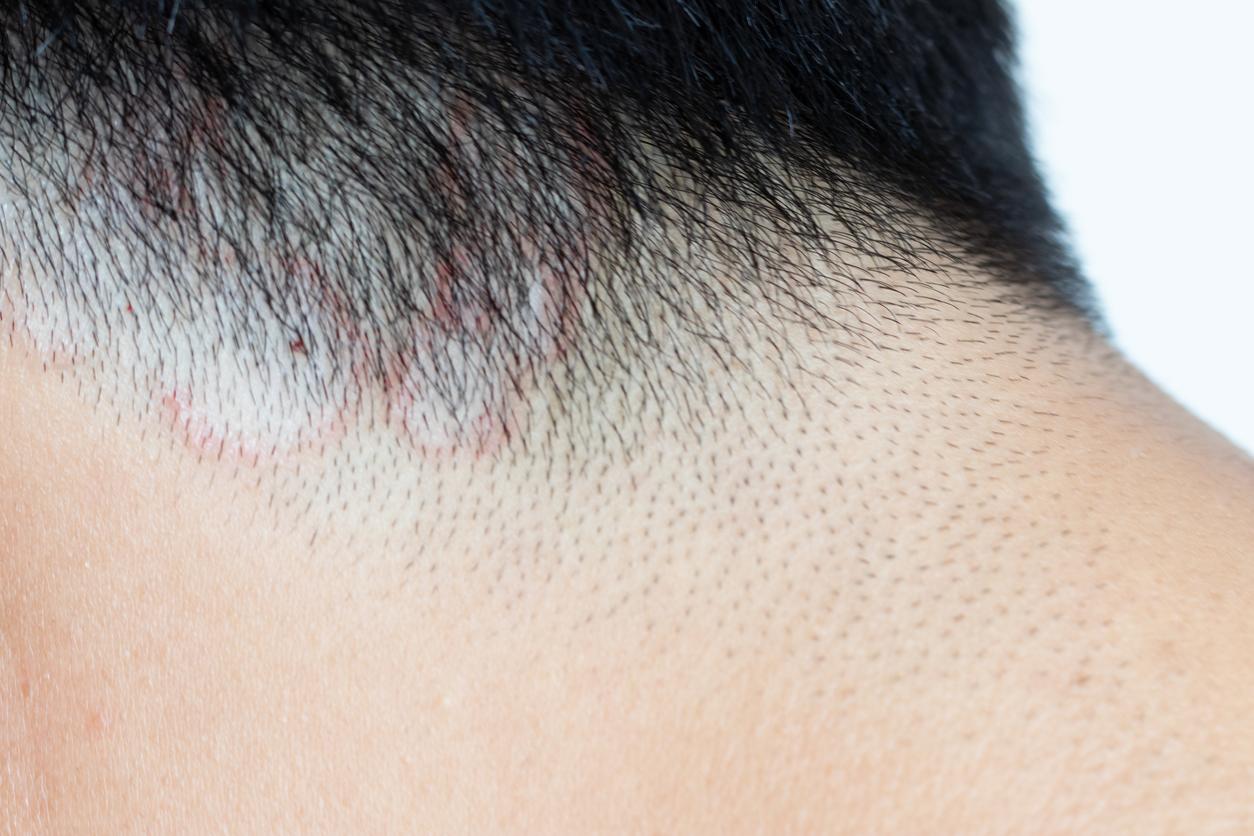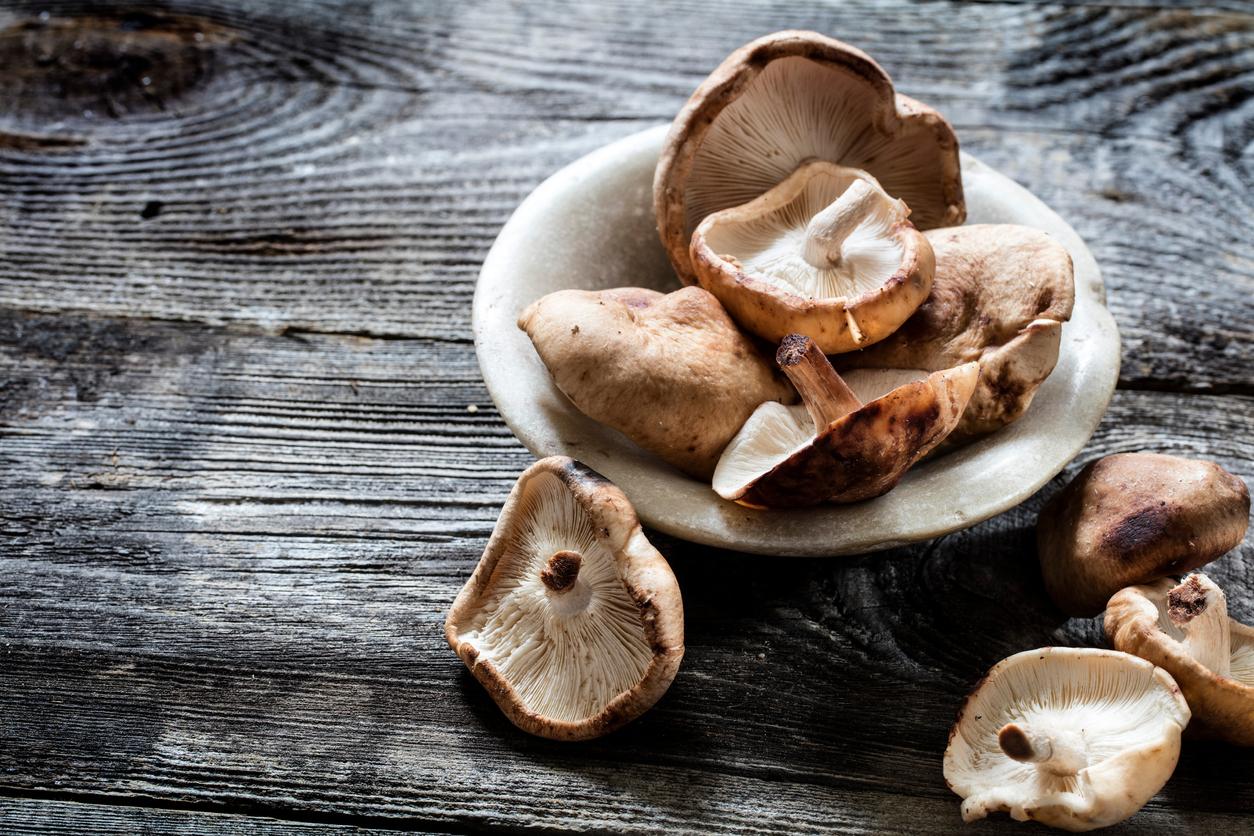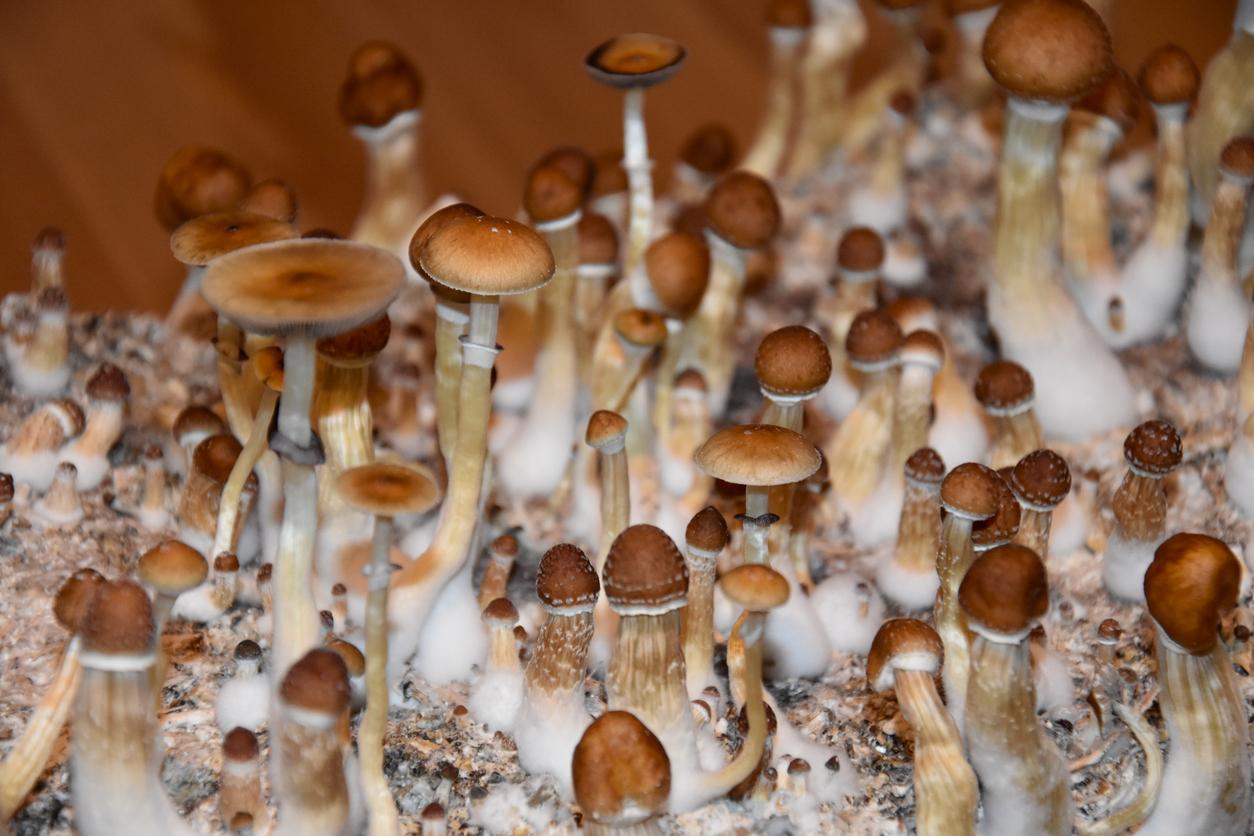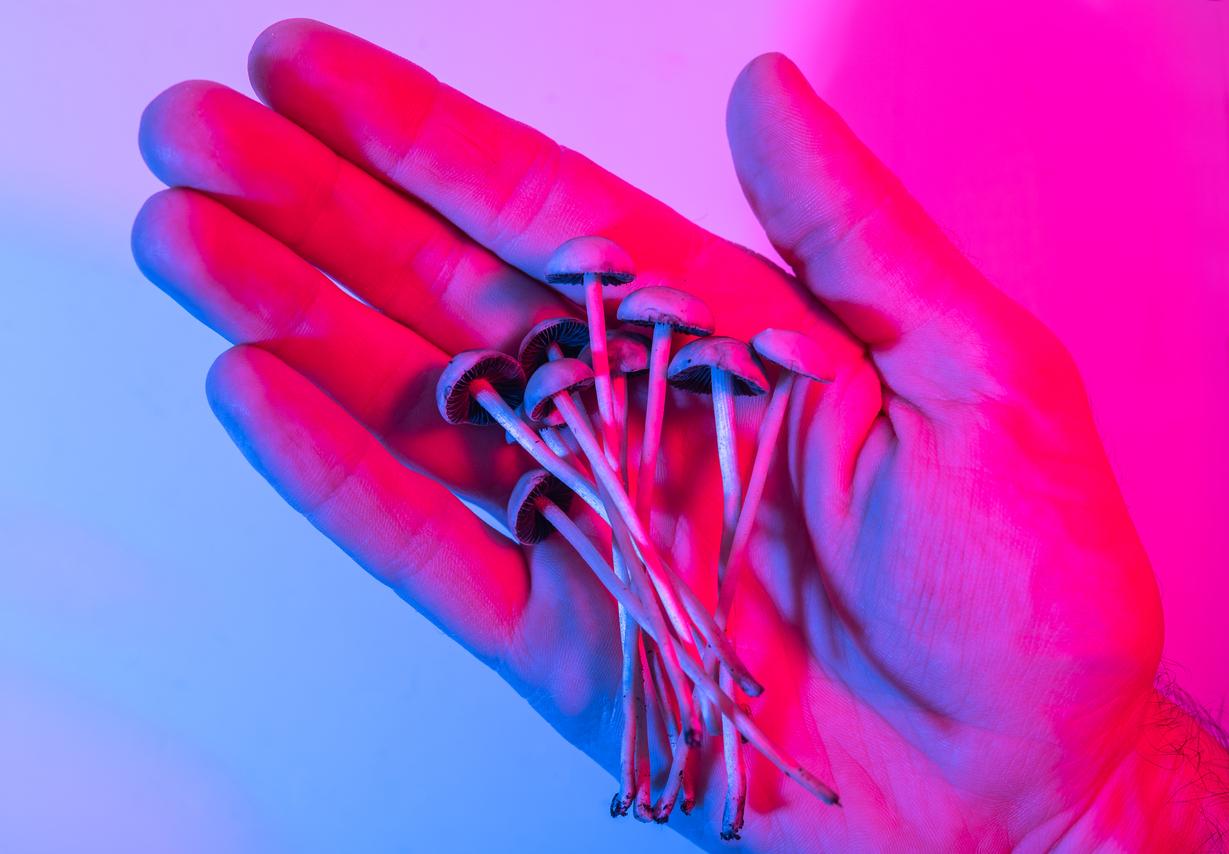Caused by a fungus, ringworm is usually a mild disease. In the United States, two cases worry the authorities because of their resistance to the usual treatment.

- In the United States, two cases of ringworm infection have raised concerns among health authorities.
- The fungus causing the disease is resistant to common treatment.
- According to a specialist, these cases could increase in the future.
Two cases of ringworm have been identified in the United States. If the disease is mild, these two infections worry the American authorities because they are resistant to treatment. In early May, the Centers for Disease Control and Prevention published a communicated on these two cases recorded in New York. “On February 28, 2023, a New York City dermatologist notified public health officials of the cases of two patients with severe ringworm that did not improve with oral terbinafine treatment, raising concerns regarding a possible infection with T. indotineaesays the document. These patients shared no epidemiological link.”
Ringworm: cases resistant to current treatment
The first patient, 28, started suffering from purulent rashes during the summer of 2021.”Dermatologists observed large annular, scaly and itchy patches on the neck, abdomen, pubic area and buttocks”indicates the CDC press release. It took several months for her to receive an appropriate diagnosis: in January 2022, the doctors provided her with a treatment based on terbinafine. But the medicine was not effective. For the second patient, aged 47, the drug also failed to alleviate the symptoms. Appropriate treatment has reduced her symptoms, but she is still under observation.
Ringworm: why are these cases worrying?
In Mirrora professor specializing in infectious diseases at the University of Manchester, David Denning, explains that these cases are linked to a new fungus “called Trichophyton indotineae and first identified in India”. “For two decades, we treated these infections with oral terbinafine for 3 weeks, with great success, until this new fungal species arrived.”, he notes. According to him, the emergence of this new species could be linked to “the frequent use in India of topical terbinafine (cream and ointment), which does not completely cover the infected area or penetrate deep into the skin, allowing escape of resistant variants”.
Resistant ringworm: a drug is effective
However, it recalls that itraconazole at a dose of 400 mg per day is generally effective in treating this new species. “But knowing whether or not the fungus belongs to this unusual species and whether or not it is resistant to terbinafine requires specialized testing in a mycology laboratory.”, he says. This is also noted by the CDC: it recommends that health professionals seek the help of state laboratories to obtain an appropriate diagnosis. “There are not enough such labs, but there are rapid resistance tests commercially available.e, says David Denning. The world is not yet prepared for what will likely become a slowly growing epidemic of these skin infections.” According to him, drug resistance and climate change could contribute to an increase in such cases in the future.

















